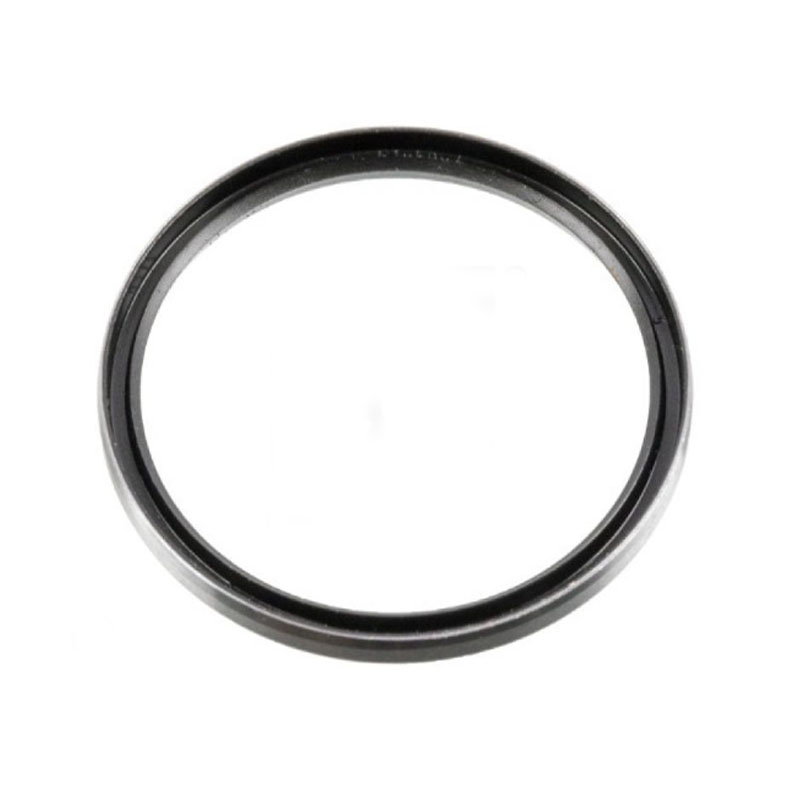Understanding the Importance of Front Differential Axle Seals in Vehicle Maintenance and Performance
Understanding Front Differential Axle Seal Importance and Maintenance
The front differential axle seal plays a crucial role in the functionality and longevity of a vehicle's drivetrain system. This small yet significant component is responsible for preventing differential fluid from leaking out of the axle assembly while keeping contaminants such as dirt and debris from entering. Although often overlooked during maintenance checks, the axle seal is vital for the proper operation of the front differential, particularly in vehicles equipped with four-wheel drive or all-wheel drive systems.
Function of the Front Differential Axle Seal
The differential is a critical component that allows the wheels to rotate at different speeds, particularly essential when turning. The front differential axle seal ensures that the fluid that lubricates the gears within the differential remains contained, thus preventing overheating and potential damage to the gears. This fluid not only lubricates moving parts but also serves as a coolant, dissipating heat generated during operation.
If the axle seal fails, several issues can arise. The escape of differential fluid can lead to insufficient lubrication. This deficiency may cause increased friction and wear, resulting in costly repairs or even total failure of the differential. Moreover, contaminants can enter through a compromised seal, leading to further damage and potentially rendering the differential inoperative. Thus, maintaining the integrity of the front differential axle seal is paramount for the reliability and safety of the vehicle.
Symptoms of a Failing Differential Axle Seal
Being proactive about the front differential axle seal can save vehicle owners from significant headaches down the road
. There are a few telltale signs that may indicate a failing axle seal1. Fluid Leaks The most apparent sign of a bad front differential axle seal is fluid leaking from the axle housing. This will often appear as dark, viscous fluid pooled beneath the vehicle, especially after it has been parked for a while.
front differential axle seal

2. Unusual Noises A failing differential may produce unusual noises, such as grinding or whining sounds, which can indicate insufficient lubrication due to a fluid leak.
3. Increased Heat In some cases, drivers may notice an increase in transmission or differential temperatures, often accompanied by a burning smell, signaling overheating due to lack of adequate lubrication.
Maintenance and Replacement
Regular maintenance checks are essential for preserving the health of the front differential axle seal. Vehicle owners should inspect the axle seals during routine oil changes or vehicle inspections, looking for any signs of wear or leakage. Additionally, it is advisable to follow the manufacturer's service recommendations for fluid changes to ensure the differential operates effectively.
If a leak is detected or if the seal shows signs of damage, immediate replacement is necessary to prevent further complications. The replacement process generally involves draining the differential fluid, removing the old seal, and installing a new one—tasks that can be performed by a qualified mechanic or DIY enthusiasts with the right tools and know-how.
Conclusion
In conclusion, the front differential axle seal may be small, but its importance cannot be overstated. Keeping an eye on this component is vital for the smooth operation of a vehicle's front differential. Regular inspections, prompt attention to signs of wear or leakage, and timely replacements are crucial to maintain the reliability and efficiency of the drivetrain system. By prioritizing the health of the front differential axle seal, vehicle owners can ensure a safer and more enjoyable driving experience.
-
Understanding the Importance of the Crankshaft Oil Seal in Engine Performance
News Jun.16,2025
-
The Unsung Heroes of Engine Protection: Understanding Automotive Shaft Seals and Oil Seals
News Jun.16,2025
-
Keeping the Engine Tight: The Role of Crankshaft Seals and Gaskets in Oil Control
News Jun.16,2025
-
Complete Protection in Harsh Conditions: A Deep Dive into Cassette Seals
News Jun.16,2025
-
Choosing the Right Oil Seal: A Guide to Trusted Brands and Suppliers
News Jun.16,2025
-
Advanced Sealing Technologies: Exploring the Range of Modern Oil Seals
News Jun.16,2025
-
Your Essential Guide to Car Repair Kits: From Rust to Dings
News Jun.13,2025
Products categories















